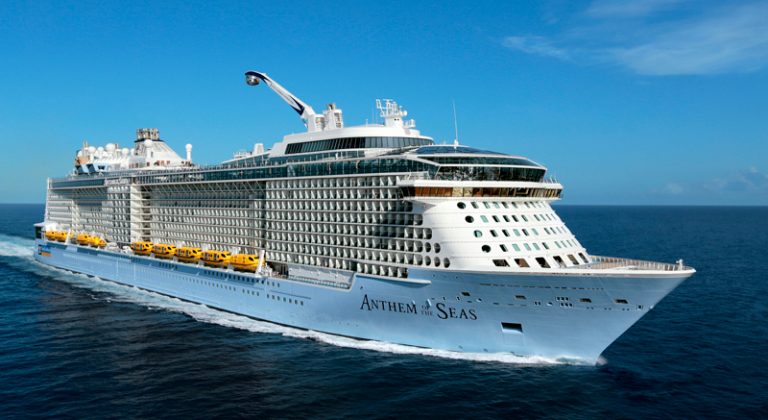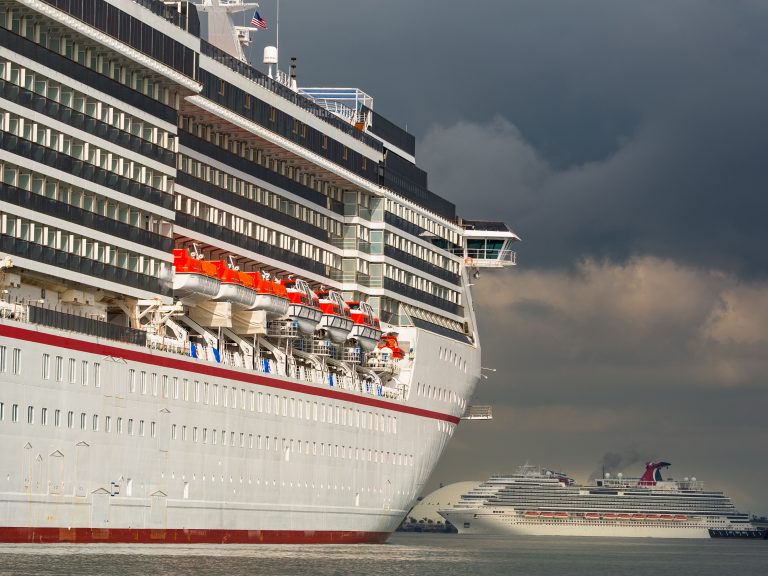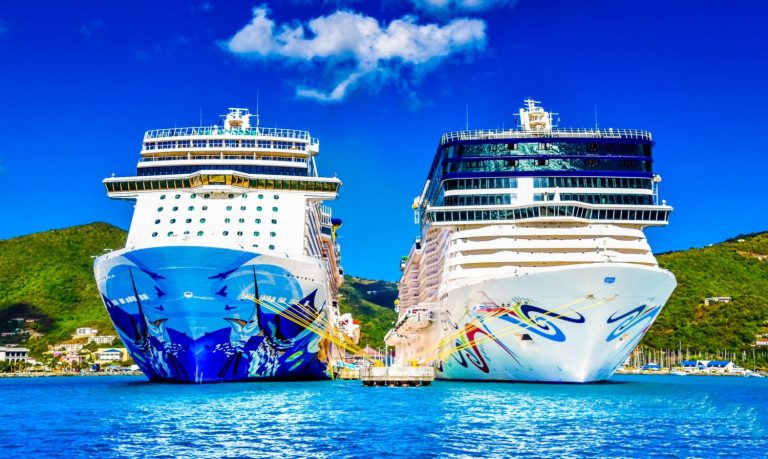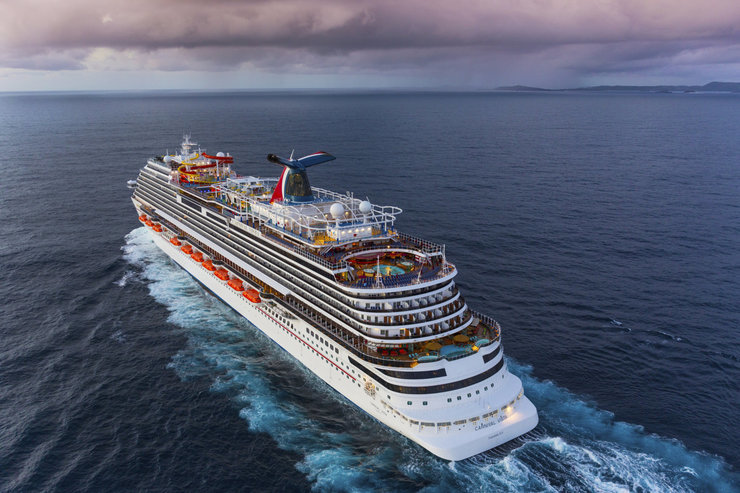The resumption of cruises in the United States still far off
The lifting of the “No Sail Order” in the United States will bring a gradual return to cruising, with new and rigid protocols and some trial cruises required before welcoming the first guests back on board. The reality is that we still have a ways to go.
The US Centers for Disease Control and Prevention (CDC) has finally lifted the “No Sail Order”, which prohibited cruise ships from sailing with passengers on board, in place since March 14, 2020. The federal agency actually wanted to extend the order until February 2021 but the tug-of-war with the White House ultimately led to its revocation even if, in fact, the restart will take quite a long time to manifest.
Anthem of the Seas
Although lifting the order is the first step necessary to return to sailing, it will still take quite a bit of time to begin to implement the agreed upon procedures. In fact, this is a “Conditional Sail Order” with precise and rigid guidelines to follow for the prevention and reduction of risk posed by the Coronavirus.
“The CDC will guarantee cruise ship companies adequate protections for the health and safety of the crew during the tests. Subsequent phases will include offshore simulations to test the ability to mitigate COVID-19 risk and a certification for ships that meet specific requirements” said the CDC in a prepared statement. “These phases are subject to change based on current public health considerations and the demonstrated ability of companies to mitigate the risk of contagion from COVID-19. The CDC will issue additional orders, if necessary, which will be published in the Federal Register and technical instructions which will be subsequently posted on the CDC website.”
gettyimages-1209890593
Carnival_Victory
As already observed with the companies that have resumed cruise operations in Europe, the most important element will be the testing of all the crew members. After having completed several cruises without passengers to test the prevention system on board, every ship will receive a certification. Therefore, upon completing this process, the first cruises will be able to depart. The Federal Register reserves the right to update this protocol at any time, depending on the evolution of the health situation.
The limits imposed by the CDC are rigid and subject to change. The federal agency will impose its criteria to many aspects of cruising from the number of passengers on board, to the activities and entertainment, the ports of call and the duration of itineraries. The passengers will be tested for Covid-19 upon embarkation and disembarkation, just like the staff.
The rules are even more restrictive than the European ones and many companies are already implementing them to be able to return to cruising as soon as possible. Inevitably, however, it will take many weeks to get the ships back up and operational and bring them up to the new required standards.
Norwegian-Cruise-Line-svela-gli-itinerari-invernali-2020-2021
The hypothesis that many companies would be able to begin sailing in November or December has therefore vanished because of the long times required for the technical aspect of this. The ships are required to give a 2 month notice before doing test cruises so it will be at least January before the first test cruises will occur, and only after passing these will each ship be given a certificate of conformity. In fact, it will be at least March before ships are able to accommodate their first passengers, which is the timeframe of the “No Sail Order” that the CDC intended to extend.
Today Norwegian Cruise Line prolonged their suspension of cruising until December 31 and Carnival Cruise Line had already previously cancelled its departures planned for November and December. The American elections happening in these days could bring even more changes to the sector, reconfirming the generalized state of insecurity.
Follow the news, information about the cruising recovery and reviews on Cruising Journal.





